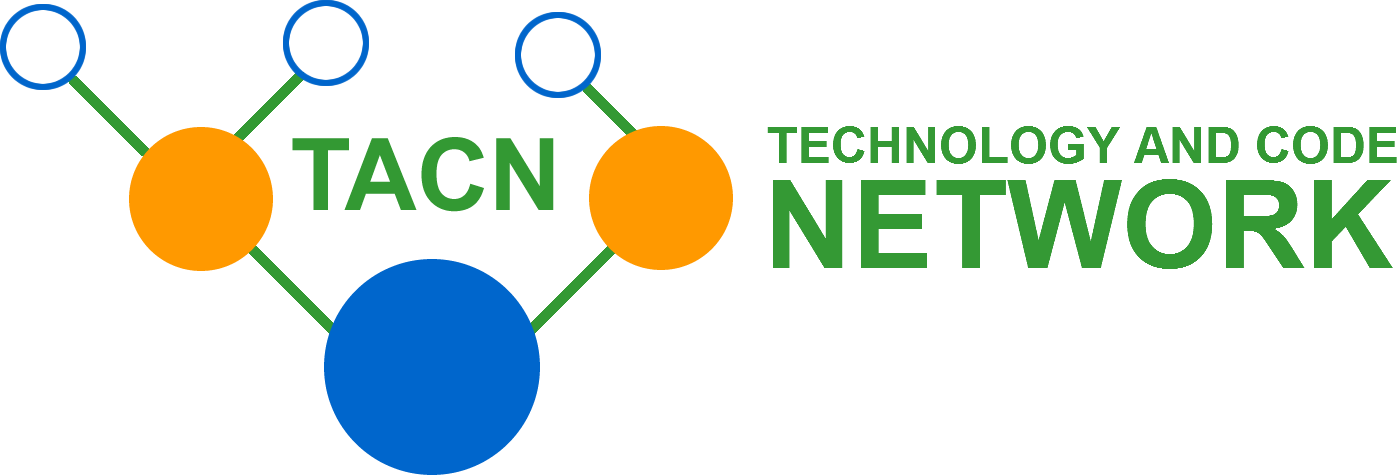The importance of AI Assistants

Why AI assistants are essential
In an increasingly digital world, artificial intelligence (AI) assistants have become a vital tool for individuals and businesses alike. From streamlining daily tasks to providing insights that enhance decision-making, these tools are transforming the way we work and live. This article explores the many reasons why AI assistants are important and how they are shaping the future.
Boosting productivity and efficiency
One of the biggest advantages of AI assistants is their ability to increase productivity. By automating repetitive and time-consuming tasks, such as scheduling meetings, setting reminders, or sorting through emails, AI assistants free up time for more important work.
For instance, virtual assistants like Siri, Alexa, or Google Assistant can perform tasks like creating to-do lists or answering questions in seconds. In business settings, AI-driven tools can help manage customer inquiries, track project progress, or even generate reports, allowing employees to focus on strategic priorities.
Enhancing communication
AI assistants play a crucial role in improving communication, both personally and professionally. They help manage calendars, send notifications, and ensure that messages are delivered promptly. For teams working remotely, AI tools facilitate collaboration by organizing virtual meetings, managing workflows, and providing real-time updates.
Chatbots, a specific type of AI assistant, are widely used in customer service. They respond to queries instantly and are available 24/7, ensuring that customers always receive timely support. This not only enhances customer satisfaction but also reduces the workload for human representatives.
Personalizing user experiences
AI assistants excel at personalization. By analyzing user behavior and preferences, they can tailor their responses and suggestions to meet individual needs. For example, streaming services like Netflix or Spotify use AI to recommend content based on viewing or listening habits, while shopping platforms suggest products that align with previous purchases.
This level of personalization extends to virtual assistants as well. AI tools can adapt to a user’s habits, such as recommending the best time for a meeting or reminding them about recurring tasks. This makes interactions more relevant and efficient.
Supporting decision-making
AI assistants are invaluable when it comes to making informed decisions. They can process large amounts of data, identify patterns, and provide insights in real-time. For businesses, this means better forecasting, smarter resource allocation, and improved strategy development.
For example, financial AI assistants can analyze market trends and suggest investment opportunities. In healthcare, AI tools assist in diagnosing conditions by evaluating medical records and research data. This ability to process and analyze information quickly ensures more accurate and reliable outcomes.
Reducing costs
By automating tasks and improving efficiency, AI assistants can help organizations save money. They reduce the need for additional staff in roles like customer support or administrative tasks. Moreover, they minimize errors and streamline processes, which further cuts costs in the long run.
Small businesses, in particular, benefit from AI assistants as they can access capabilities that were once only available to larger companies with extensive resources. This democratization of technology enables businesses of all sizes to compete effectively.
Transforming industries
AI assistants are reshaping industries by introducing innovative solutions to traditional challenges. In education, virtual tutors provide personalized learning experiences, while in retail, AI assistants optimize inventory management and enhance customer service. In manufacturing, AI-driven robots increase efficiency and precision on production lines.
These tools are not just improving existing processes but also paving the way for entirely new possibilities, such as autonomous vehicles, advanced medical diagnostics, and smart cities.
Conclusion
AI assistants are more than just convenient tools—they are essential for navigating the complexities of modern life and business. By boosting productivity, enhancing communication, personalizing experiences, supporting decision-making, reducing costs, and transforming industries, these intelligent systems are shaping a smarter, more efficient future.
As AI technology continues to evolve, its potential applications will only grow, making it an indispensable part of our daily lives and work. Whether you're an individual looking for help managing your schedule or a business aiming to stay competitive, investing in AI assistants can make a significant difference.



